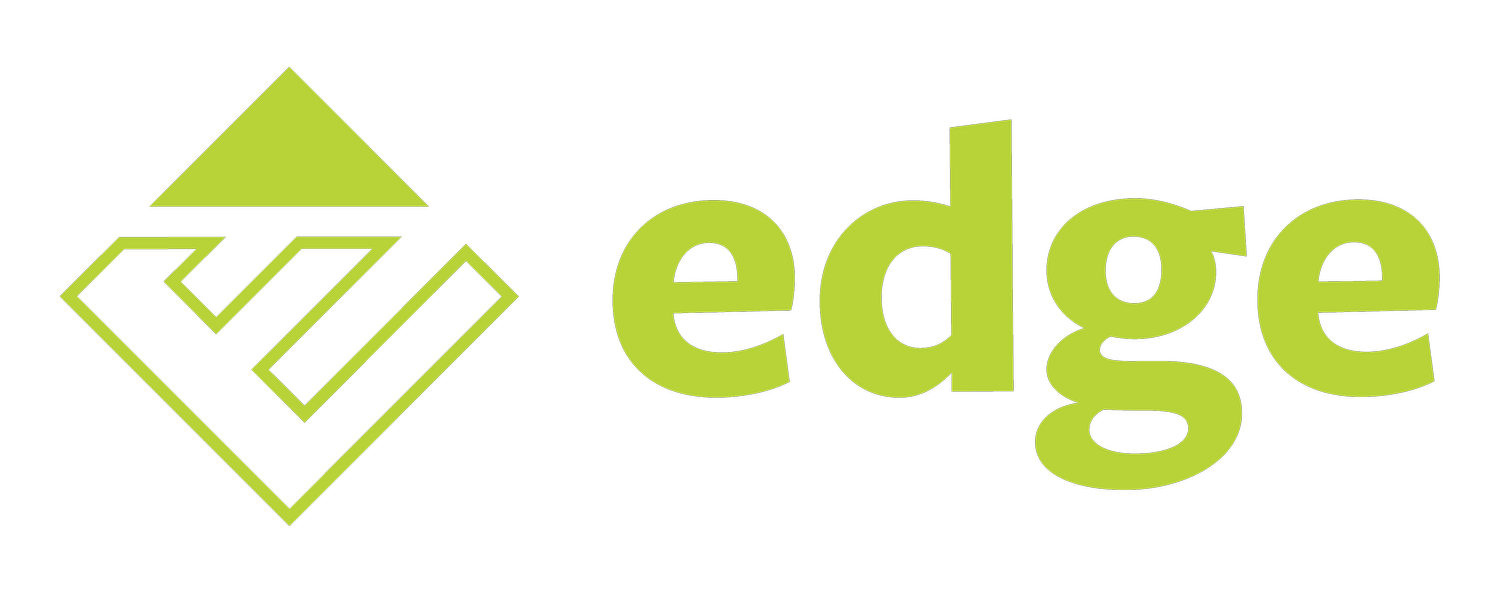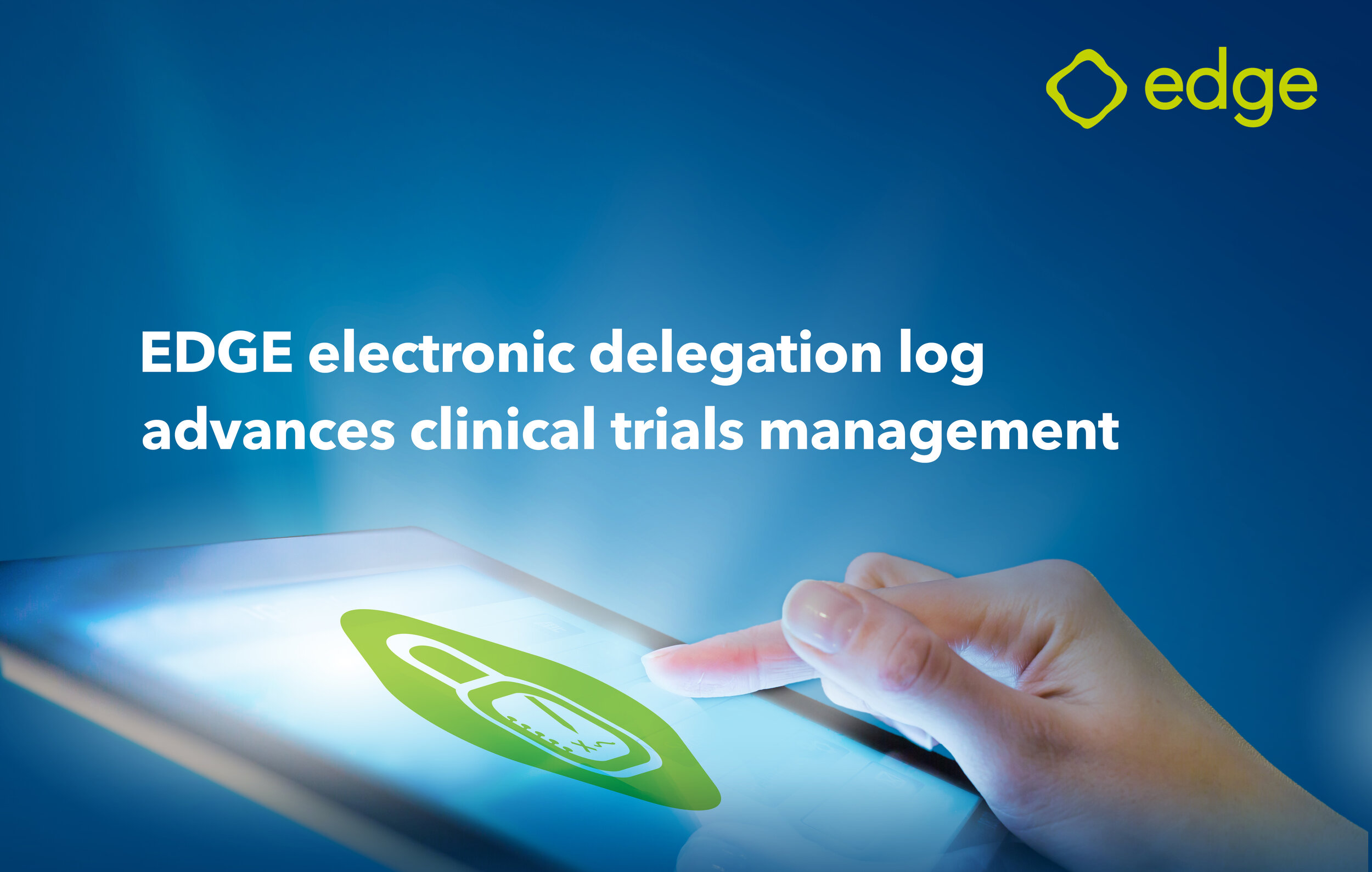Across the UK I don’t think there are 2 hospitals that collect exactly the same information about patients and participants on EDGE, each organisation varies. This is usually dependent upon a number of factors including size of the organisation, what their research portfolio looks like, other IT infrastructure already in place and lastly the depth of the implementation of EDGE within clinical teams.
There is also a clear emerging trend in interest from the Department of Health about what the national research portfolio looks like in depth, originating out of reports such as the Children, Teenage and Young Adults Cancers report, collated by the National Cancer Registration and Analysis Service.
Collecting Dates of birth, or age, on EDGE in order to comply with the CTYA reports as well as to expand this further than Cancer have come up in more and more discussions over the past year and this has often raised the question about collecting the data in EDGE. Some Hospitals allow their staff to collect patient identifiable information in EDGE, others do not and this is wherein part of the challenge lies. Whilst EDGE is capable of collecting the data, the next challenge is getting the Caldecott Guardian to understand and authorise this process. Even once you are at this point, the final challenge is to ensure clinical staff actually enter the data.
Capturing patient information on EDGE has often been misconstrued, a few examples of which I will give:
We once had a call to our office from a Chief Investigator demanding that we delete all the data relating to their research from EDGE, because it was their data, not ours. We explained that it is actually the hospitals data, not the CI’s and certainly not the EDGE teams. The data is collected by the hospital in a system they contract the University of Southampton to provide, in order to manage the delivery of their research services.
In the past I have spoken to an R&D department who would not let clinical staff enter any patient identifiable information because the R&D department did not need that information. This is in itself a very interesting point and one that is easily misunderstood. Historically R&D systems have been silo’s of information only capturing information relevant to R&D. EDGE expands across the boundary from R&D to Clinical teams, providing a platform for clinical staff to track and manage their patients through the life of the project, aiding those clinical staff in providing their legal duty of care to that patient. Therefore clinical staff entering patient identifiable data is not for R&D, but for their own duty of care.
Interestingly, this leads on to the discussion of consent. A number of Caldecott Guardians that I have spoken to who have prevented staff from capturing patient identifiable information on EDGE have done so with the justification that the patient has not consented to have their information stored. This is where there can be an easily confused line between patient care and research. The patient data being stored on EDGE is not answering the research question, the data for which goes into the Case Report Form and subsequently to the sponsor. The data in EDGE allows the clinical staff to provide direct care to the patient, the terms and legal justification of which can often found under an organisations Privacy Notice. The data is also not being given to the University of Southampton, we are simply providing a contracted service for the provision of the system.
Once you reach the point that R&D and the Caldecott guardian are on board, now the real challenge comes to engage the clinical teams. This can be extremely challenging and can vary on a team by team basis, for example, some teams may already have access to IT systems that meet all their needs, whether these are bespoke systems or products such as the calendar in Microsoft Outlook. A misconception is that the Electronic Health Record system in a hospital captures all the information needed for patients. In standard care that might be the case, but often not in research, leading to clinical staff keeping having to find combinations of other systems to use. From my experience, clinical research staff tend to keep a lot of spread sheets to meet these needs and this is where, when implemented in depth, EDGE can replace the need for a lot of those other systems. Thereby providing a useful tool to the clinical staff and cutting down on data duplication.
Now, if the clinical staff are able to use EDGE to facilitate them in managing their research, and NHS numbers can be recorded, this opens up the door to many opportunities for data linkage to answer the questions from the Department of Health and other bodies. A simple NHS number, combined with NHS Spine could mean that supplementary information such as Date of Birth do not need to be captured on EDGE (if the clinical staff don’t need it for the patients care) as this can be provided through data linkage.
Using the NHS number alongside patient records is something that has been encouraged for a long time, with the Information Governance Alliance advising ‘The NHS Number should be used in Health and Social Care Organisations and environments as long as the purpose is to communicate with those who are involved in providing care’.
Or alternatively the previous NHS Medical Director Professor Sir Bruce Keogh, who was the Senior Responsible Officer for the NHS Number Programme, saying: “We should no longer accept the level of misallocated records and the misidentification of patients as inevitable or normal. We must change the way we work and identify all patients by their NHS Number which will reduce potential errors and harm in the future.”
The NHS Business Services Authority takes a similar stance in their ‘Pseudonymisation and anonymisation of data policy’, ‘If patient data is required the NHS Number is the most secure form of identifiable data. The NHS Number should be included within all patient records and documentation in line with the current Connecting for Health NHS Number Campaign.
And finally, in the NHS Standard Contract 2017/19 and 2018/19 Service conditions, it states:
‘NHS Number
23.4 Subject to and in accordance with Law and Guidance the Provider must:
23.4.1 ensure that the Service User Health Record includes the Service User’s verified NHS Number;
23.4.2 use the NHS Number as the consistent identifier in all clinical correspondence (paper or electronic) and in all information it processes in relation to the Service User; and
23.4.3 be able to use the NHS Number to identify all Activity relating to a Service User.’
I have written this not to enforce any organisation to use the system in any particular format, but instead to show that there is a legitimate argument to collect certain information which in turn could provide benefit to system users, as well as being able to easily link data to provide reporting capabilities that future proof research reporting, both locally and nationally. However, it is up to each organisation to choose the functions within EDGE they use, and I hope that if this is a path you wish to take, that this has been helpful.







